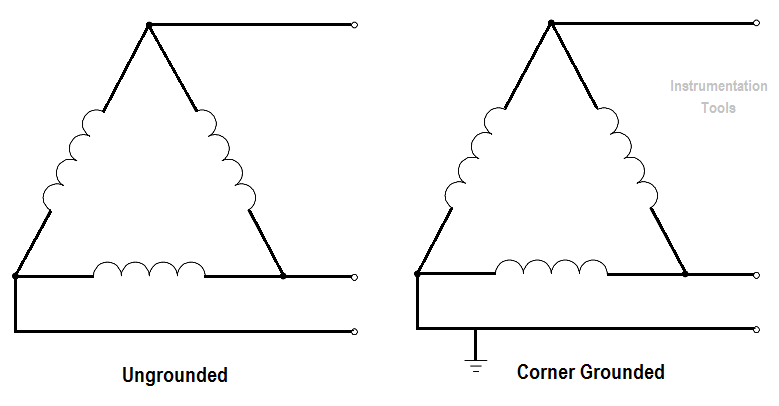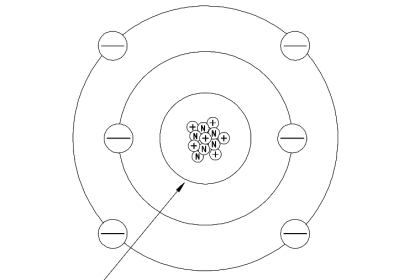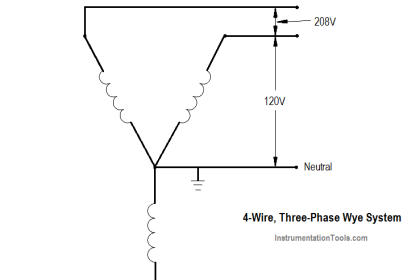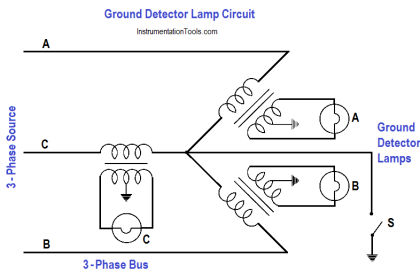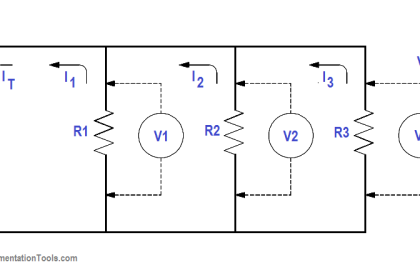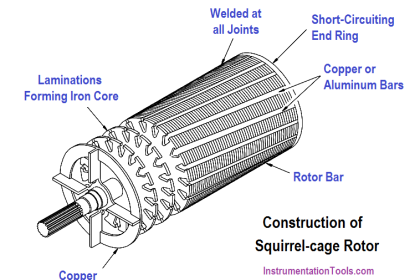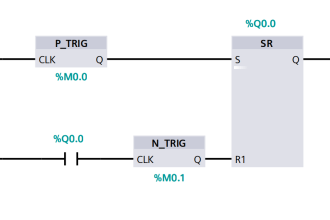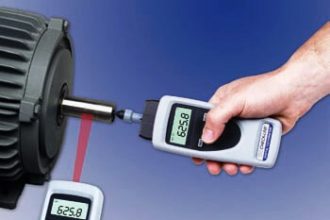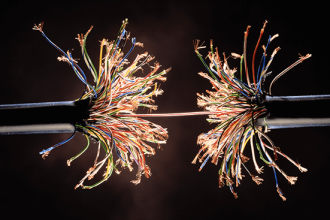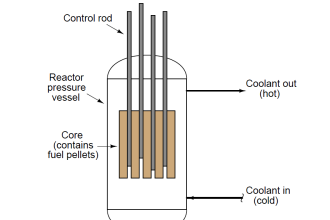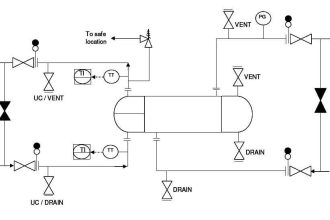Unlike the single-phase wiring scheme that must make a provision for a neutral leg and separate ground, the three-phase system needs neither a separate neutral nor a ground to operate safely. However, to prevent any unsafe condition, all 3- and 4-wire, three-phase systems can include an effective ground path. As with the previous single-phase discussion, only the secondary side of the transformer and its connected load need to be studied.
3-Wire, Three-Phase Delta Wiring System
The simplest three-phase system is the 3-wire Delta configuration, normally used for transmission of power in the intermediate voltage class from approximately 15,000 volts to 600 volts. The below Figure depicts the two methods of connecting the Delta secondary.
The upper diagram depicts the ungrounded Delta, normally confined to protected environments such as fully enclosed ducts or overhead transmission lines that cannot be reached without extraordinary means. Each conductor’s ground voltage is equal to the full phase voltage of the system.
The lower diagram shows a ground point affixed to one corner of the Delta, which effectively lowers one phase’s voltage reference to ground to zero, but retains a phase-to-phase voltage potential. The corner-grounded phase acts in much the same way as the grounded neutral of the single-phase Edison system, carrying current and maintaining ground potential.
The corner-grounded Delta system has an obvious economy in wiring costs, and the grounded phase can be used to physically protect the other two phases from accidental grounding or lightning strikes in outdoor settings. This system is rarely used for low voltage (under 600 V), however, because of the absence of a safety ground required by many facilities for circuits involving potential worker contact.
